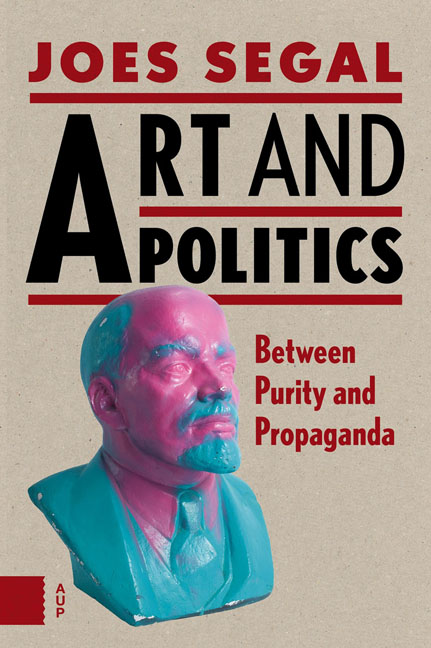Book contents
- Frontmatter
- Contents
- Introduction
- 1 Positive and Negative Integration: The First World War in France and Germany
- 2 Between Nationalism and Communism: Diego Rivera and Mexican Muralism
- 3 National and Degenerate Art: The Third Reich
- 4 Internal and External Enemies: The Cold War
- 5 From Maoism to Capitalist Communism: The People’s Republic of China
- 6 The In-Between Space: Kara Walker’s Shadow Murals
- 7 A Heavy Heritage: Monuments in the former Soviet Bloc
- Conclusion
- Notes
- Bibliography
- Index of names
2 - Between Nationalism and Communism: Diego Rivera and Mexican Muralism
Published online by Cambridge University Press: 16 February 2021
- Frontmatter
- Contents
- Introduction
- 1 Positive and Negative Integration: The First World War in France and Germany
- 2 Between Nationalism and Communism: Diego Rivera and Mexican Muralism
- 3 National and Degenerate Art: The Third Reich
- 4 Internal and External Enemies: The Cold War
- 5 From Maoism to Capitalist Communism: The People’s Republic of China
- 6 The In-Between Space: Kara Walker’s Shadow Murals
- 7 A Heavy Heritage: Monuments in the former Soviet Bloc
- Conclusion
- Notes
- Bibliography
- Index of names
Summary
Diego Rivera arguably is one of the most influential artists of the twentieth century. Measured in terms of art historical attention, Pablo Picasso and other modern artists might have been more successful, but the impact of Rivera's murals both on professional artists and amateur street artists worldwide is unparalleled. Rivera explored new paths in the creation of political images for a broad public that were complex yet pervasive. His creativity in the field of composition, perspective and visual narrative brought him a large number of followers worldwide.
Rivera is universally recognized as the most prominent representative of Mexican mural painting. In the 1920s and 1930s he accomplished a large number of murals on the walls of public buildings, most famously the National Palace in Mexico City, and he worked on commission for Edsel Ford and Nelson Rockefeller, among others, in the United States. However, Rivera also was a member of the Partido Comunista Mexicano (PCM), the communist party of Mexico, and considered himself a politically engaged artist.
Rivera's remarkable career provokes a series of fundamental questions about the relationship between art and ideology. This communist artist received his most famous commissions from a series of anti-communist Mexican governments and a number of American businessmen. Did he squander his integrity by accepting these commissions or did he somehow manage to remain true to his convictions? Why was it that this convinced communist was expelled from the Soviet Union and celebrated some of his greatest successes in the United States? Rivera's story offers a fascinating perspective on the complex relation between artistic intention, critical reception and political interests in the world of art.
During the decade between 1910 and 1920, an extremely bloody civil war raged in Mexico. Porfirio Díaz, who had risen to power as the result of a coup d’état in 1876, had governed the country in authoritarian style for 34 years, with a four-year interruption between 1880 and 1884. Under public pressure he called elections in 1910, which he was able to win after discrediting or arresting all of his rivals. This strategy led to a civil war that saw constantly changing factions and leaders seizing power and murdering each other.
- Type
- Chapter
- Information
- Art and PoliticsBetween Purity and Propaganda, pp. 31 - 44Publisher: Amsterdam University PressPrint publication year: 2016



